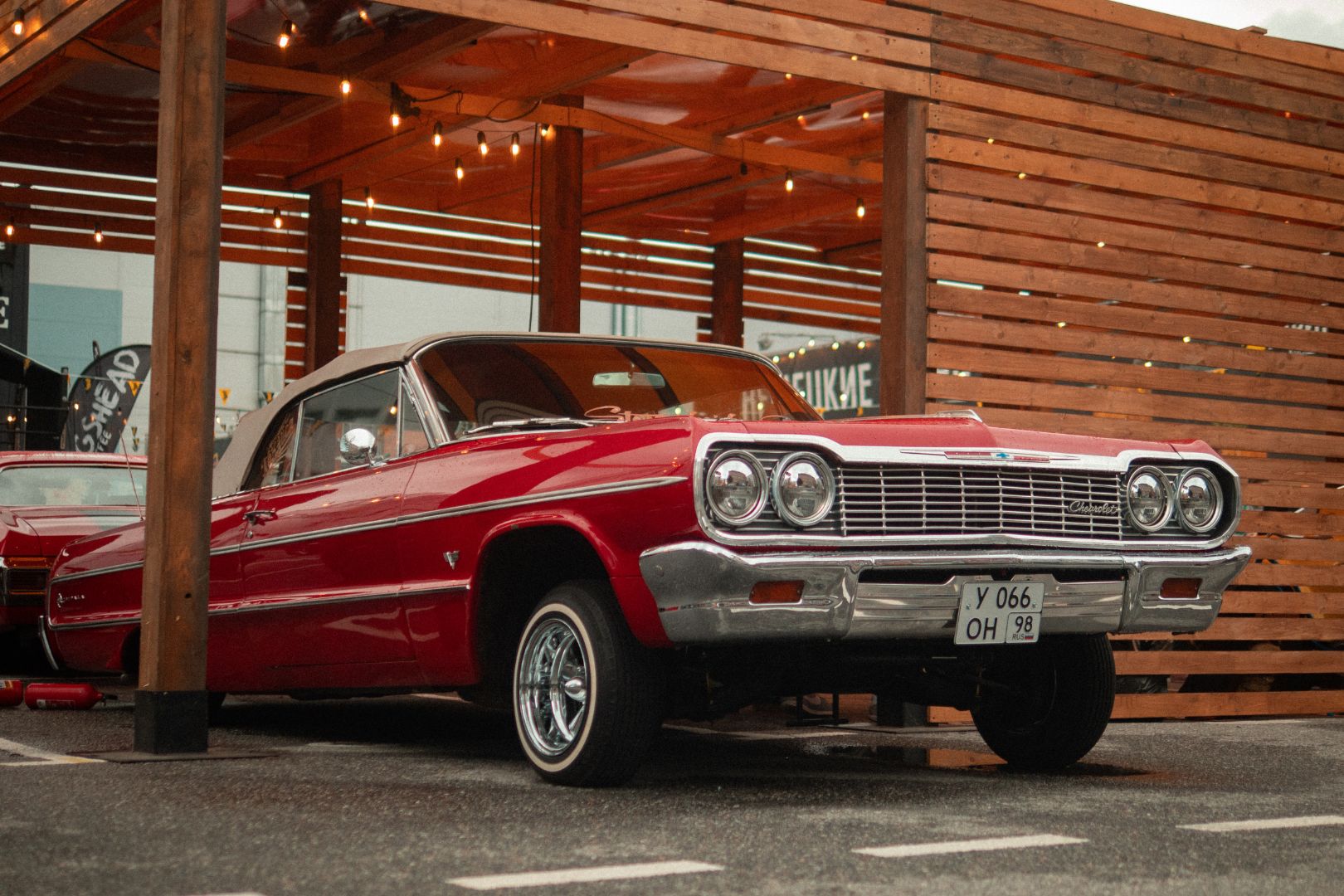Classic car owners are a special breed of people. Not only do they have a love of the fine workmanship that went into the car’s design and engineering, they probably enjoy not only driving the car but could happily putter in the garage and tinker on it for hours on end.
What’s more, too many classic auto aficionados, the car is almost like a family member – absolutely beloved and worried over.
It’s no wonder, then, that classic car owners take shipping their car from one place to another, very, very, very seriously!
If you own a classic car and need it moved from one location in the country to another and have decided to ship it rather than driving it, take a look below for five tips on how to ship it properly so that it arrives in the same great shape as when the auto transport company picked it up.
-
1. Find an honest, experienced, and reliable carrier.
This first step probably is the most important: your classic car is an investment in considerable time, as well as money and damage to it, which can mean considerable costs in restoring it to its former (restored-by-you, perhaps?) glory.
Always work with an auto shipping company that has transported many classic cars over the years: you have a much better chance of receiving the car in great shape as a result. For just one example, many people don’t know how to drive a manual shift and if your carrier’s driver doesn’t and your car is a stick, the driver could inadvertently damage the gears.
You also want to ensure that the transport firm is licensed by the Department of Transportation, has many happy former customers, and is fully insured.
2. Consider asking for “enclosed” transport.You’ve no doubt seen open transport auto-shipments many times on the highway: these are trailers carrying several different cars on two levels open to the elements and thus expose your car to rain, snow, mud, sleet, and small stones, glass, etc. that could be blown onto the carrier while in transit.
If you’re shipping several classic cars, you may want to look into multi-vehicle enclosed carriers that ship two to six cars at a time.
Single enclosed carriers are the most expensive – and safest – way to transport a classic car. They also are the quickest way to move the car (the driver won’t be making other stops to drop off other vehicles).
3. Take a look at the auto transport company’s insurance coverage.Ask for a copy of the classic car shipper’s insurance policy as well as your agreement with the company for transporting the car. You’ll want to know exactly what they will and won’t cover should anything happen during transport. Many carriers have limited insurance amounts ($100K to $1 million, for example). You also want to ensure the company carries cargo coverage. If your car is extremely rare and valuable, you may want to ask for a custom insurance policy.
4. Prepare the vehicle carefully for shipping.As with any vehicle, take careful time to get the car ready for transport: check oil, fluids, coolant. Discuss with the carrier if you should keep some gas in the tank in case someone will need to drive the car a short distance during transport
Leave nothing in the car, not even in its trunk
5. Don’t wait until the last minute to schedule transport.Shipping your car can take several days or even weeks. If you need the car by an absolute certain date, arrange for transport with plenty of time to spare for delays, because weather, traffic, mechanical/driver issues can all play a part in delaying your vehicle’s delivery.
Ship A Car, Inc. has transported hundreds of classic cars among the more than 35,000 vehicles we’ve shipped since 2012. We’re classic car fans ourselves and so we know of the great love and worry inherent in asking a stranger to take care of your vehicle as it moves across the country or across the state. We have many happy former customers and we want you to know that we take transporting your vehicle as seriously as you do.
Call us at 866-821-4555 for more information on how we ensure the safety of your classic car.




